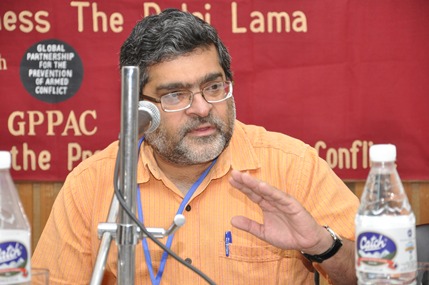Posts

LA Social Science Book Series on the “Fury of COVID-19” with Professor Vinay Lal
Dr. Vinay Lal, UCLA professor of history and Asian American…

“Be Still And Do Not Move”: The COVID-19 Migrant and the Ministry of the Soul
India's largest media network, ABP Live, recently published…

Dr. Lal Continues His Essay Series on the Historic Parallels Between Past Plagues and the Current Pandemic
Professor Vinay Lal, UCLA Professor of History and Asian American…

Inverted Relationships: Humans and Dogs in the Times of Coronavirus Anxiety
Professor Vinay Lal, UCLA Professor of History and Asian…

The Coronavirus and the Humbling of America
Professor Vinay Lal, UCLA Professor of History and Asian…

The Singular and Sinister Exceptionality of the Coronavirus (COVID-19)
Professor Vinay Lal, UCLA Professor of History and Asian American…

